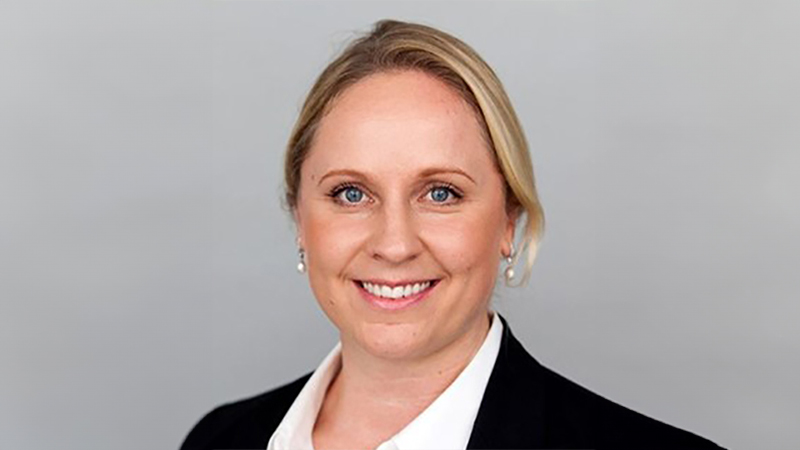Just one fund from the IA Targeted Absolute Return sector has avoided losing money on a 12-month view over the past five years, while 13 members of the popular category have been in loss-making territory for more than two-fifths of the time.
During the past two years, the peer group has been one of the best-selling Investment Association sectors among both private and professional investors, as they sought the protection from market falls promised by its members.
Many absolute return funds have the objective of making a positive return over rolling three-year periods, but in this research a tougher hurdle was set in that we looked for those that have been hit by the fewest 12-month down periods of rolling returns.
To do this, we examined the performance of the sector over 60 rolling 12-month periods, calculated on a monthly basis.
This means the first period covers 1 June 2011 to 31 May 2012, while the most recent spans 1 May 2016 to 30 April 2017.
The average member of the sector experienced eight loss-making 12-month periods over this time frame, putting it in the red 13.3% of the time. The largest loss encountered, on average, was decent at 1.7%.
This compares favourably with UK equities (the FTSE All-Share was down in nine periods, with the worst being an 8% fall), global equities (the MSCI AC World also fell in eight of the periods, with a maximum loss of 6.2%) and gilts (Bloomberg Barclays Sterling Gilts made a loss in 13, or 21.7%, of the periods, with the biggest being 4.6%).
There are 62 IA Targeted Absolute Return funds with a track record going back to June 2011, and only one has managed to avoid posting any losses on a 12-month horizon: Old Mutual Global Equity Absolute Return. Its lowest 12-month return was 0.3% but the largest was 18.4%.










